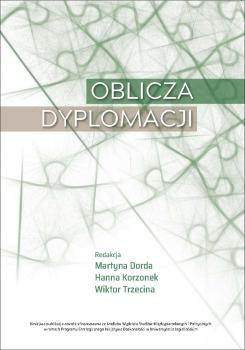Beauty and Propaganda: The Role of Classical Dance in the Wartime Period .......... 251
Streszczenie
This study aims to analyze the dual function of classical dance as both an artistic discipline and a strategic political instrument in wartime contexts. Beyond its aesthetic and performative dimensions, ballet has historically operated as a medium of propaganda and soft power, influencing public perception and contributing to the construction of national identities. The study investigates the role of classical dance within political strategies, with particular emphasis on its function in cultural diplomacy during World War II and the Cold War. It assesses how ballet was leveraged to shape the international image and reinforce ideological narratives of the states, thereby serving as a subtle yet powerful tool in geopolitical discourse. Furthermore, the study explores the contemporary significance of ballet in the context of the war in Ukraine, examining its role in the promotion of Ukrainian cultural heritage and the facilitation of international dialogue. By integrating artistic and political perspectives, this analysis seeks to elucidate the evolving role of classical dance as a medium of cultural communication, diplomatic engagement, and national identity formation in times of armed conflicts.





